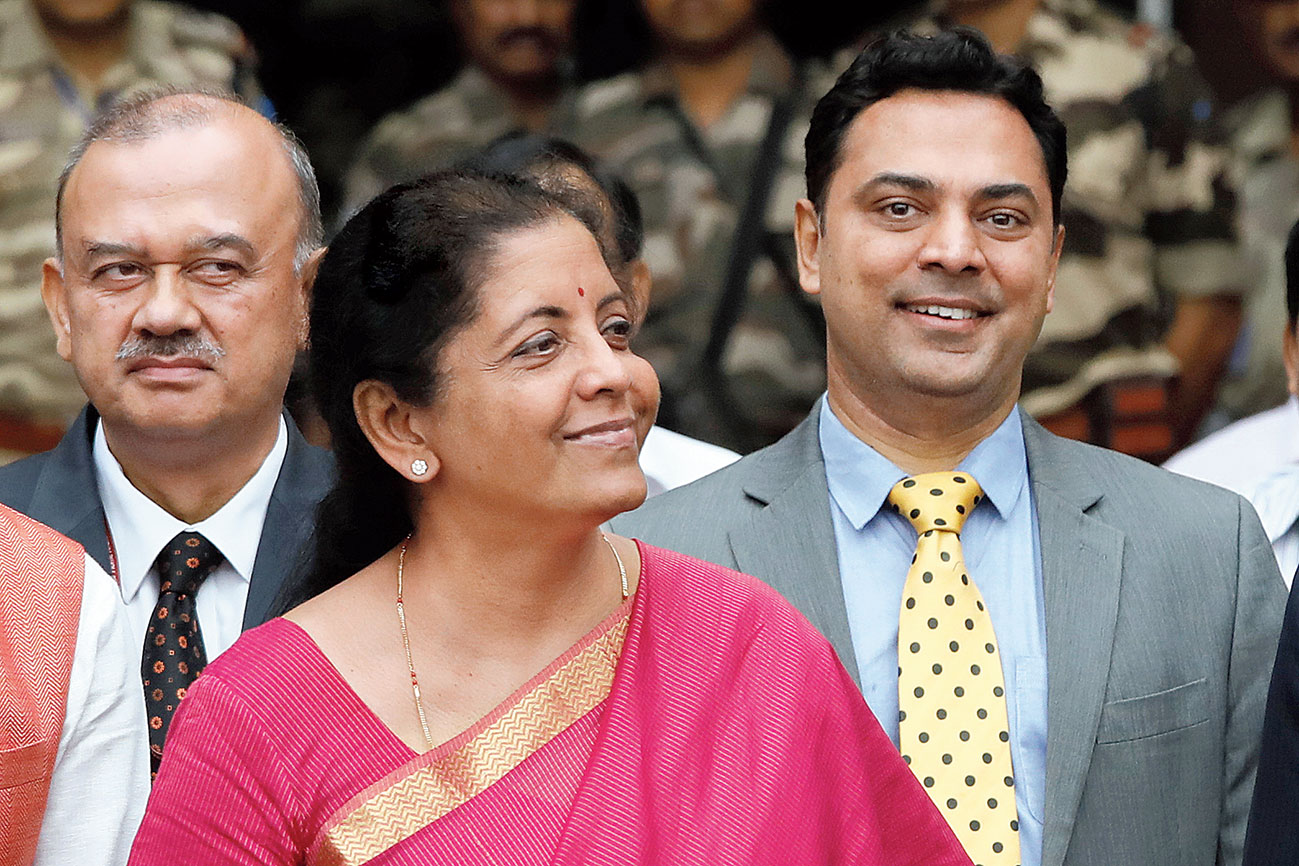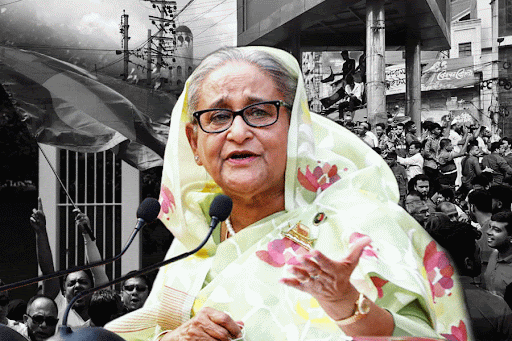After doling out a tax rebate of Rs 12,500 to common taxpayers with incomes up to Rs 5 lakh in the interim budget, the Narendra Modi government delivered a shock to the country’s crorepatis by cranking up the surcharge on two income slabs above Rs 2 crore –- perhaps to shake off accusations that it has created its own coven of crony capitalists.
Those having a total annual income exceeding Rs 2 crore but not above Rs 5 crore will be required to pay a surcharge of 25 per cent instead of the earlier 15 per cent. Those with a total income exceeding Rs 5 crore will be required to pay a surcharge of 37 per cent instead of the earlier 15 per cent.
“In view of rising income levels, those in the highest income brackets need to contribute more to the nation’s development,” finance minister Nirmala Sitharaman said in the budget speech.
“I, therefore, propose to enhance surcharge on individuals having taxable income from Rs 2 crore to Rs 5 crore, and Rs 5 crore and above so that the effective tax rates for these two categories will increase by around 3 per cent and 7 per cent, respectively,” Sitharaman added.
What it means is that a salaried person having a total annual income of Rs 2.5 crore will now pay a tax of Rs 94,86,750 without considering deduction under Section 80C or 80D. This works out to Rs 7,55,352 more than previous year.
For a salaried person with a total annual income of Rs 5.5 crore, the tax burden comes to Rs 2,32,20,678, which is Rs 37,25,280 more than that in the previous year.
According to data from the Central Board of Direct Taxes, the number of individual taxpayers disclosing an income above Rs 1 crore increased from 48,416 to 81,344 between the assessment years 2014-15 and 2017-18.
Further segregation of data shows that there were 6,361 individuals with incomes above Rs 5 crore in assessment year 2017-18.
The finance minister, however, has not put a figure on how much more revenue the increased surcharge would bring in.
As additional relief, a new exemption under section 80EEA has been introduced where deduction up to Rs 1.5 lakh will be provided for interest on loans taken from any financial institution to acquire a residential property whose stamp duty value does not exceed Rs 45 lakh. This deduction will be allowed only if the assessee does not own any residential house on the date the loan is sanctioned.
Unmet expectations
The aam aadmi was expecting a clear exemption limit for Rs 5 lakh instead of claiming a rebate under Section 87A up to Rs 12,500. The complication has been retained.
There was also a wish that the tax slabs be revisited and the tax rate in the Rs 5-10 lakh slab be pegged at 10 per cent, down from the current 20 per cent.
The NDA has won a huge mandate for another five-year term. Many had expected it to make a gracious gesture by granting small tax breaks to the common man who is weighed down by the rising cost of living, which has shaken faith in the lowball inflation numbers that the Central Statistics Office has been putting out.
The trouble is that the rise in auto fuel prices – especially diesel – could turbo-charge inflation sooner than the measures in the budget fire up the economy.











